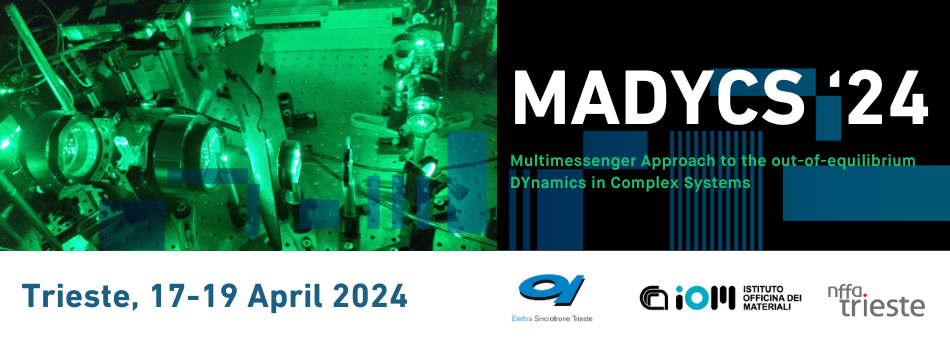Speaker
Description
MoS2 belongs to the class of graphene-like, layered materials called transition metal dichalcogenides (TMDs). Semiconducting TMDs, like MoS2, show an indirect to direct bandgap transition when the system is exfoliated down to the monolayer structure, which makes them promising materials for future applications in optoelectronics and related fields [1]. Unravelling the relaxation pathways of photoexcited electrons in such systems is of great applicative interest. Remarkably, the structural and dimensional tunability of electronic properties makes TMDs benchmark systems to study the interplay between electronic and vibrational degrees of freedom.
Time-resolved Raman spectroscopy (TRRS) can provide direct access to the electron-phonon coupling dynamics, as well as the incoherent phonon relaxation [2]. The aim of our experiment is studying the deexcitation dynamics of MoS2 after impulsive optical pumping of the excitonic bandgap. At the SPRINT-NFFA facility, we have carried out a TRRS study on the system, monitoring the temporal evolution of two specific Raman active features, namely the out-of-plane A1g mode and the in-plane E12g mode, after the photoexcitation. Equilibrium Raman spectroscopy studies have linked the modification of such phonon lineshapes to doping effects, providing the background for studying the optically induced, transient doping of the system [3,4,5]. To explore the effect of the indirect-to-direct bandgap transition on the system relaxation dynamics, the experiment was performed on both bulk and monolayer MoS2, revealing significant differences in the phenomenology and relaxation timescales. The role of the substrate on the monolayer deexcitation dynamics was explored by selecting substrates with different electrical and thermal properties.
After presenting the results of the TRRS study, I will discuss their perspective integration in a multi-messenger, time-resolved spectroscopy study.
References
[1] X. Zhang, et al., Chem. Soc. Rev. (2015); 44:9, 2757.
[2] S. Han, et al., Optics Express (2019); 27:21, 29949.
[3] G. Kukucska, et al., Physica Status Solidi B (2017); 254:11, 1700184.
[4] B. Chakraborty, et al., Phys. Rev. B (2012); 85:16, 161403.
[5] M. Yamamoto, et al. J. Phys. Chem. C (2013); 117:48, 25643.

